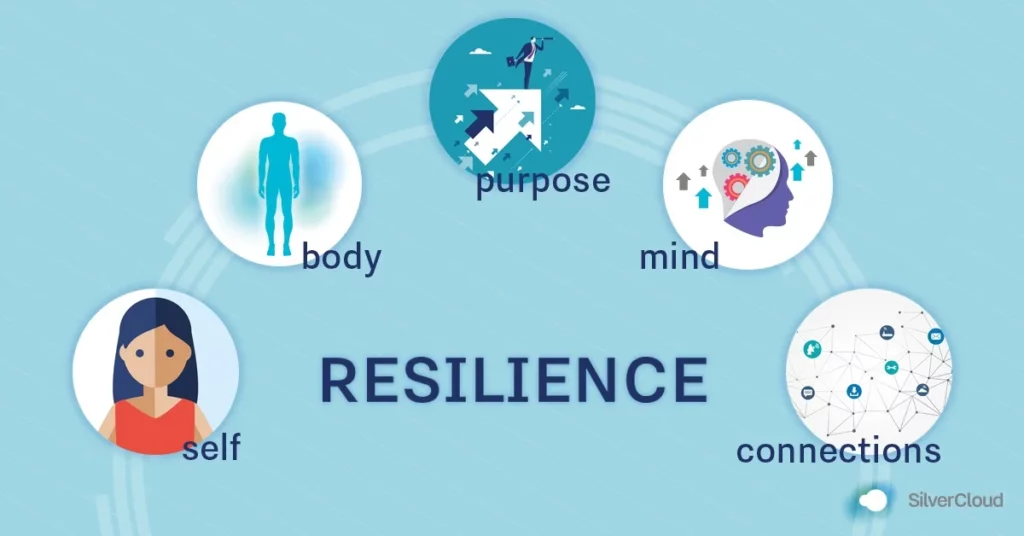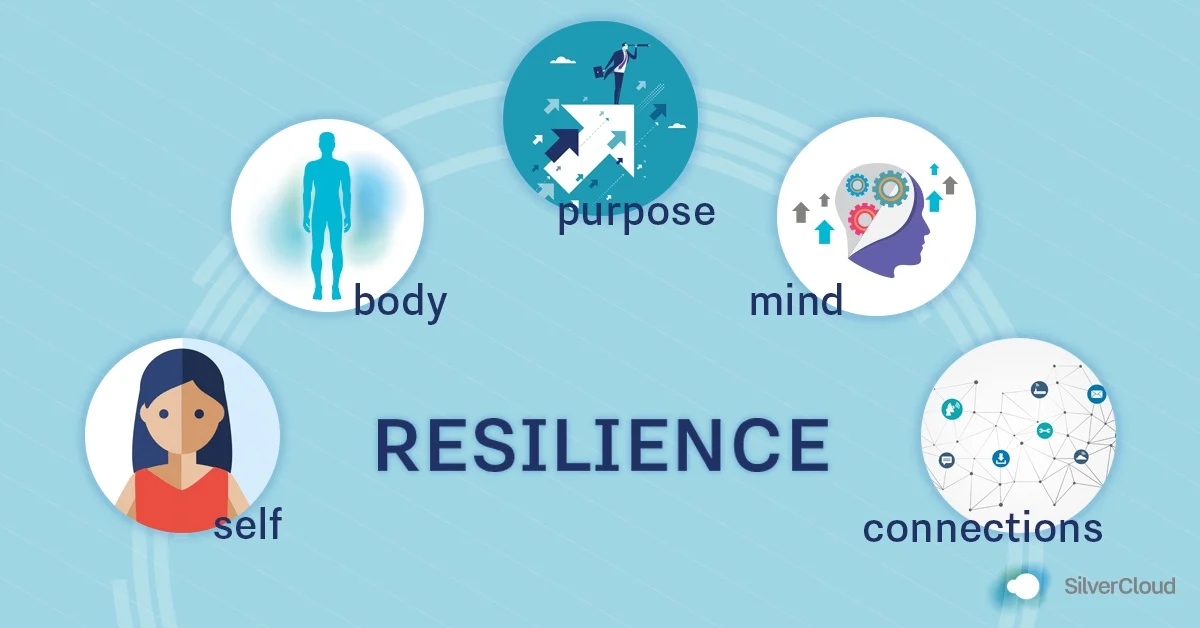In the ever-changing landscape of education and life, resilience stands out as a key factor in determining an individual’s ability to navigate challenges and setbacks. This blog post delves into the importance of developing students’ resilience, exploring strategies that educators can employ to instill this essential life ability. Join us on a journey to understand how resilience contributes to academic success, personal development, and lifelong well-being.

1. Understanding Resilience in Education
a. Definition of Resilience
- Resilience: The ability to bounce back from adversity, adapt to challenges, and maintain well-being in the face of stressors.
b. Importance of Resilience in Students
- Academic Success: Resilient students are better equipped to handle academic challenges, setbacks, and the pressures of learning.
- Personal Development: Resilience fosters personal growth, emotional intelligence, and a positive outlook on life.
c. Components of Resilience
- Emotional Regulation: The ability to manage and navigate emotions effectively, fostering mental and emotional well-being.
- Problem-Solving Skills: Resilient individuals are adept at analyzing challenges and finding constructive solutions.
- Social Support: Building and maintaining strong social connections contribute to resilience, providing a network of support during difficult times.
2. Building Student Resilience: Strategies for Educators
a. Fostering a Growth Mindset
- Encouraging Effort: Emphasize the value of effort and perseverance, instilling the belief that abilities can be developed through dedication.
- Learning from Setbacks: Help students view challenges as opportunities for learning and growth, reframing setbacks as stepping stones to success.
b. Promoting Emotional Intelligence
- Self-Awareness: Encourage self-reflection to help students understand their emotions and reactions.
- Empathy: Foster an empathetic understanding of others’ perspectives, promoting positive interpersonal relationships.
c. Teaching Coping Strategies
- Stress Management Techniques: Introduce stress-relief techniques, such as mindfulness, deep breathing, and time management.
- Problem-Solving Skills: Teach students how to break down problems into manageable parts and approach challenges systematically.
d. Encouraging Social Connection
- Collaborative Learning Environments: Create a supportive classroom atmosphere that encourages collaboration, teamwork, and mutual support.
- Peer Mentoring Programs: Establish programs where older students mentor younger ones, promoting a sense of community and support.
3. The Impact of Resilience on Academic Success
a. Improved Academic Performance
- Focus and Concentration: Resilient students can maintain focus and concentration despite distractions or challenges.
- Adaptability: The ability to adapt to new learning environments and methodologies contributes to academic success.
b. Effective Problem-Solving
- Critical Thinking Skills: Resilience enhances critical thinking, enabling students to approach academic challenges with a solution-oriented mindset.
- Creativity: Resilient individuals often exhibit creative problem-solving skills, thinking outside the box to find innovative solutions.
c. Enhanced Motivation and Goal Achievement
- Goal Setting: Resilient students are more likely to set and achieve academic goals, fostering a sense of accomplishment and motivation.
- Persistence: The capacity to persist in the face of academic challenges contributes to a greater likelihood of success.
4. Personal Development and Resilience
a. Positive Emotional Well-Being
- Stress Reduction: Resilient individuals are better equipped to manage stress, contributing to improved emotional well-being.
- Positive Outlook: A resilient mindset fosters a positive outlook on life, enhancing overall mental health.
b. Adaptability to Life Changes
- Life Transitions: Resilience prepares students for life transitions, such as moving to a new school, adapting to changes in family dynamics, or facing societal shifts.
- Coping with Adversity: The ability to cope with adversity in personal life contributes to a more well-rounded and adaptable individual.
c. Social Relationships and Resilience
- Healthy Interpersonal Dynamics: Resilient individuals often cultivate healthy interpersonal relationships, leading to a more supportive social network.
- Conflict Resolution: The ability to navigate conflicts positively and maintain relationships during challenging times is a hallmark of resilience.
5. Overcoming Challenges in Fostering Student Resilience
a. Cultural and Socioeconomic Factors
- Challenge: Cultural and socioeconomic factors may influence students’ access to resources that support resilience.
- Solution: Implement culturally responsive teaching practices and advocate for equitable access to support services.
b. Addressing Mental Health Stigma
- Challenge: Stigma around mental health may deter students from seeking support for emotional challenges.
- Solution: Foster open conversations about mental health, reduce stigma, and provide resources for mental health support.
c. Balancing Academic Rigor and Support
- Challenge: Striking a balance between challenging students academically and providing adequate support can be complex.
- Solution: Tailor academic challenges to individual learning levels, offering additional support when needed.
6. Case Studies: Schools and Institutions Promoting Resilience
a. Resilience Programs in School Curricula
- Success: Explore schools that have successfully integrated resilience-building programs into their curricula, showcasing positive outcomes for students.
b. Community-Based Initiatives
- Success: Highlight community-based initiatives that collaborate with schools to promote resilience, emphasizing the collective responsibility of society in supporting student well-being.
7. Measuring the Impact of Resilience Programs
a. Quantitative Measures
- Academic Metrics: Analyze academic performance metrics to identify correlations between resilience programs and success.
- Attendance Rates: Monitor changes in attendance rates as an indicator of improved engagement.
b. Qualitative Feedback
- Student Testimonials: Gather testimonials from students who have participated in resilience programs, capturing their experiences and insights.
- Teacher Observations: Utilize teacher observations to assess changes in students’ behavior, interpersonal skills, and emotional well-being.
c. Long-Term Outcomes
- Post-Education Success: Track the post-education success of individuals who participated in resilience programs, exploring career achievements and personal well-being.
8. Success Stories and Testimonials
a. Individual Student Success Stories
- Success: Share stories of individual students who, through resilience-building initiatives, have overcome challenges and achieved academic and personal success.
b. Educator Perspectives
- Success: Feature testimonials from educators who have witnessed the transformative impact of resilience programs on their students.
Conclusion
In conclusion, developing students’ resilience is not just a goal for academic success; it’s a cornerstone for building well-rounded, adaptable individuals capable of thriving in a rapidly changing world. By understanding the importance of resilience, implementing effective strategies, and overcoming challenges, educators can equip students with a fundamental life ability that extends far beyond the classroom, paving the way for lifelong well-being and success.
